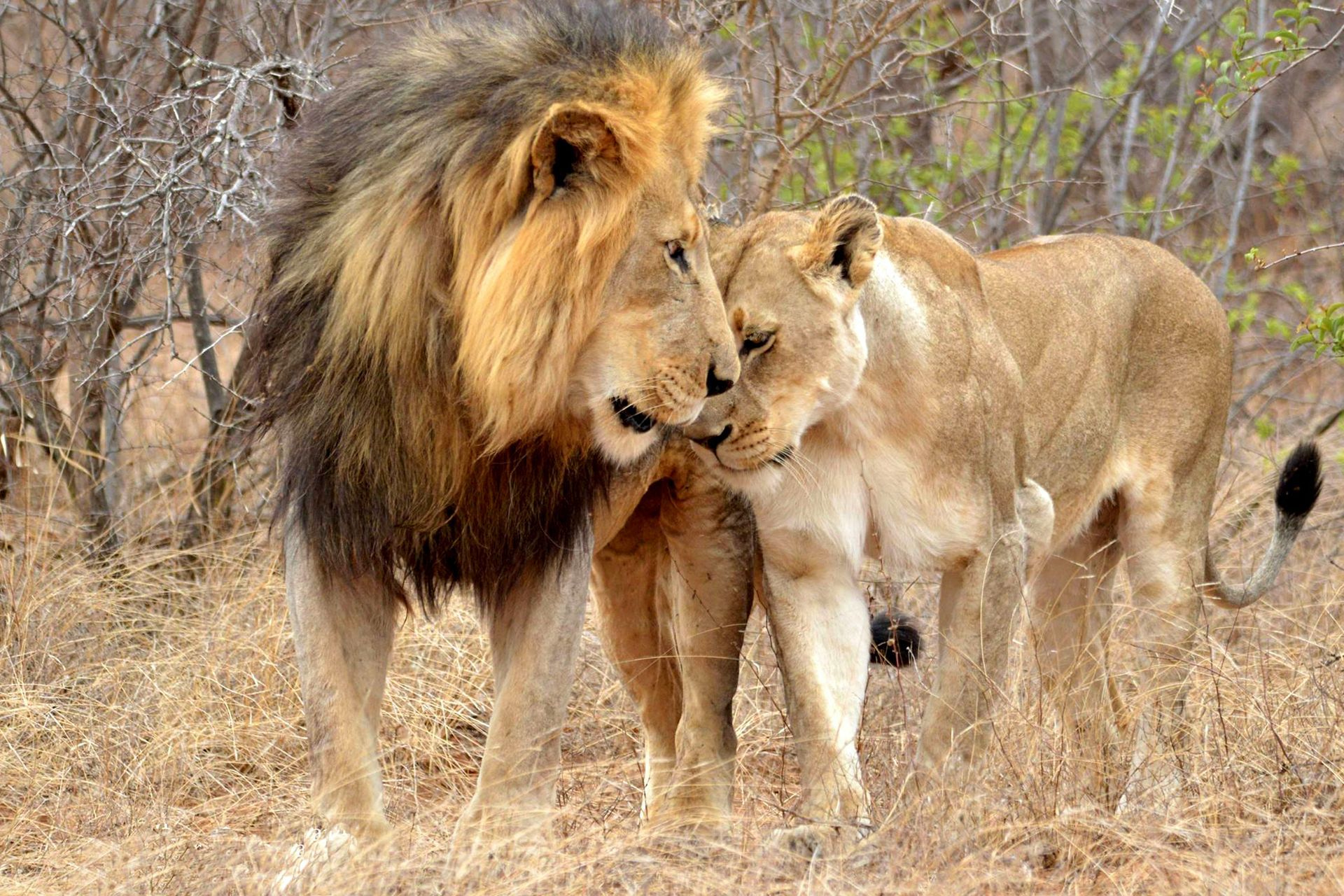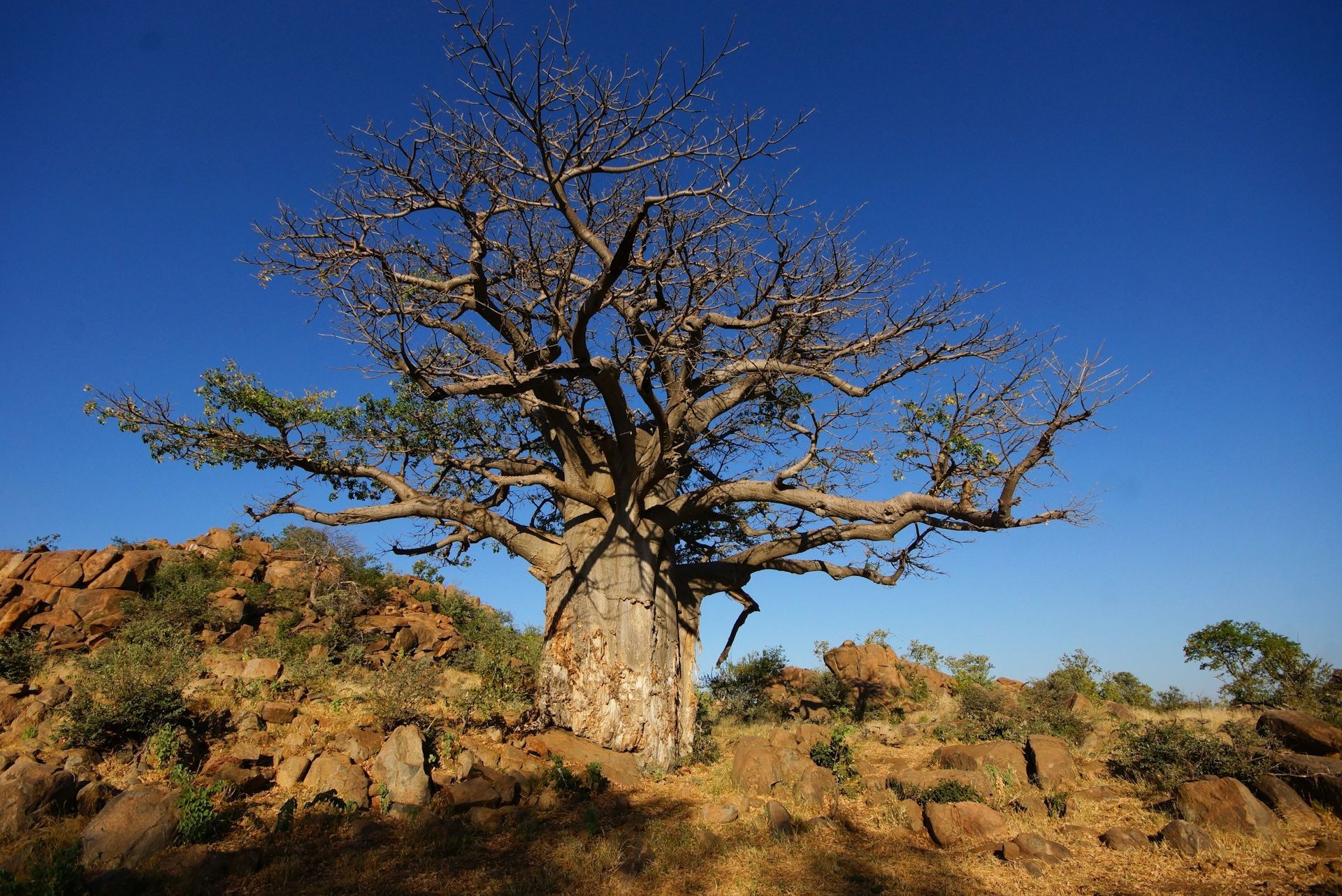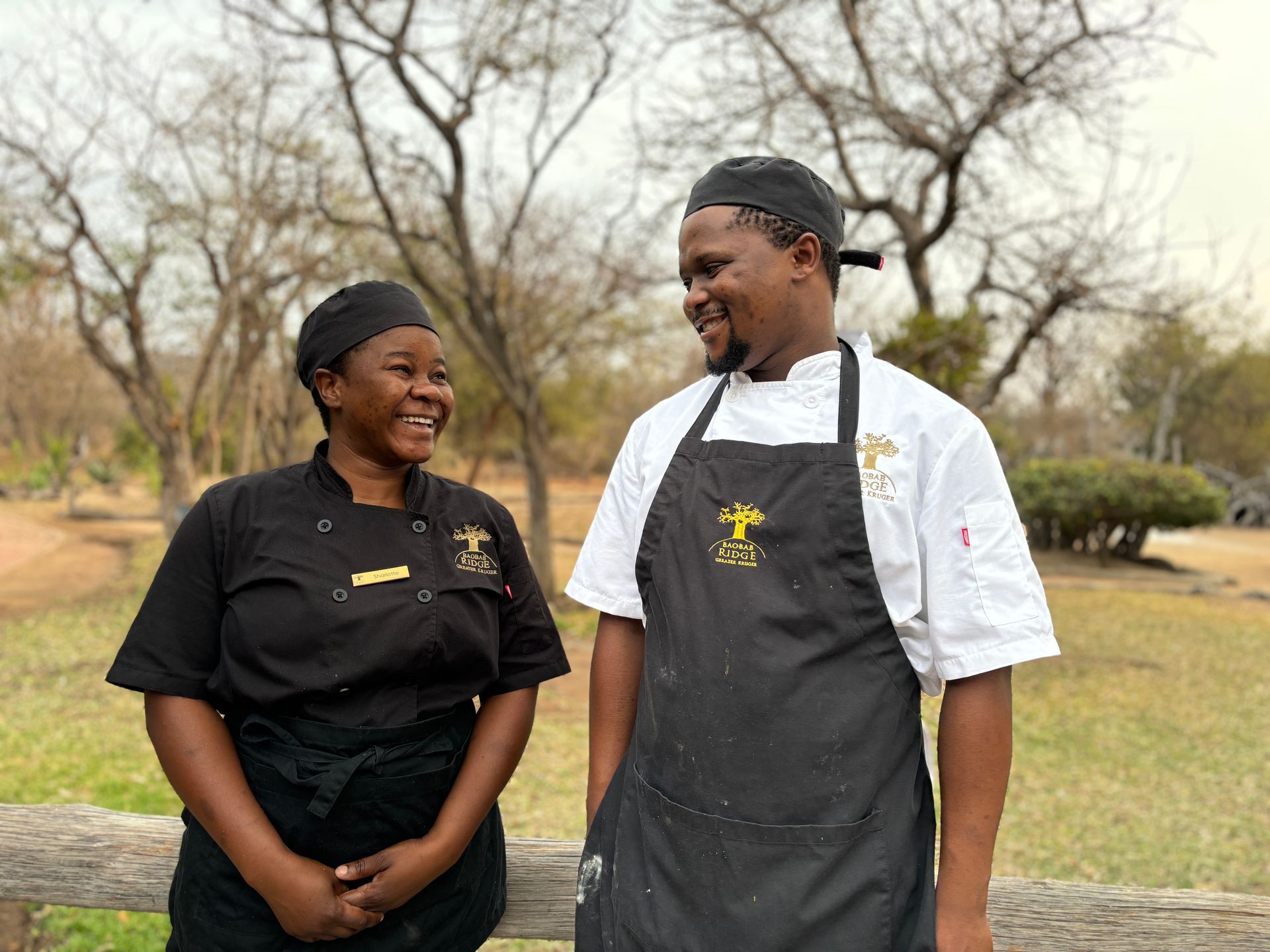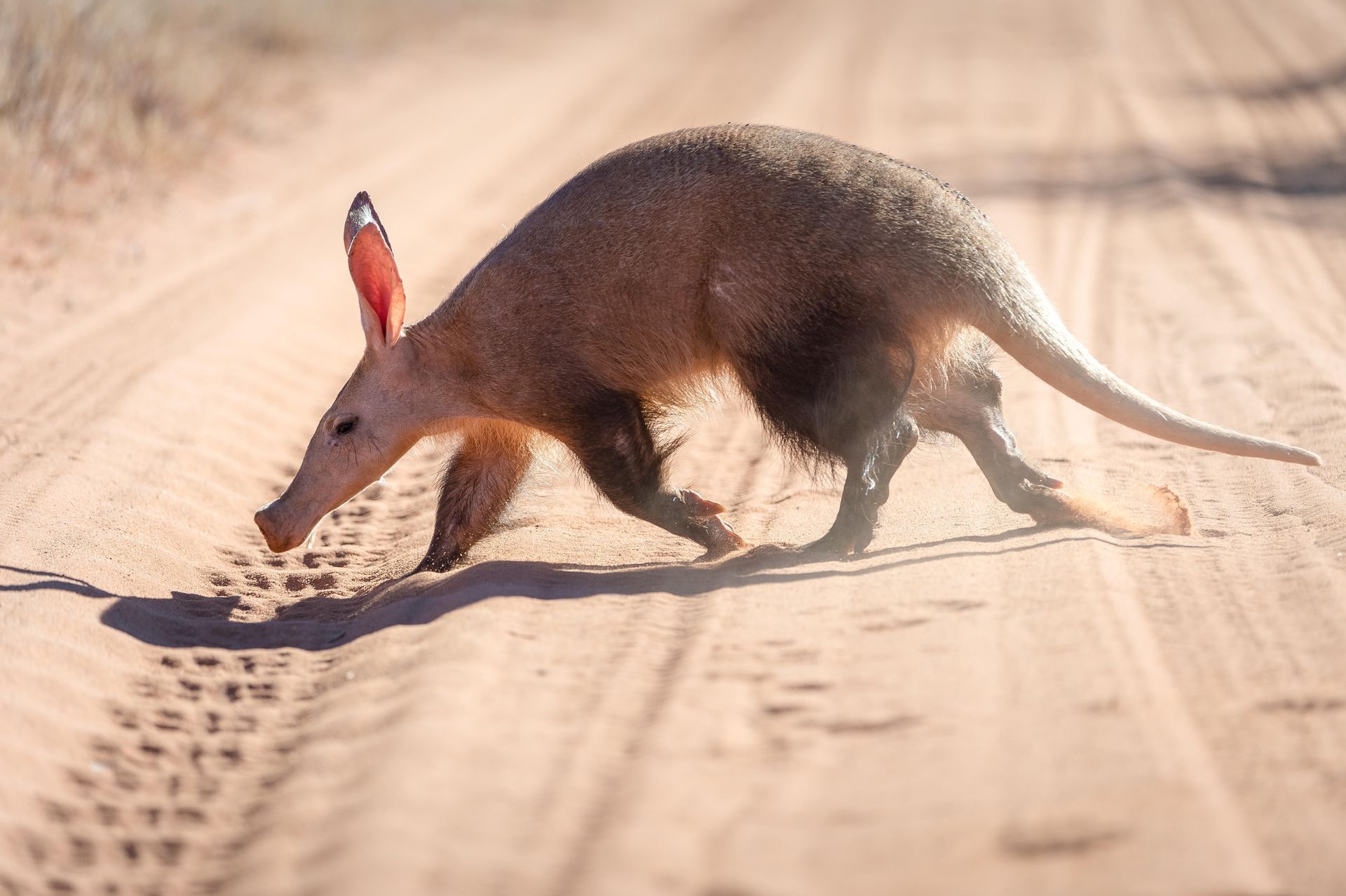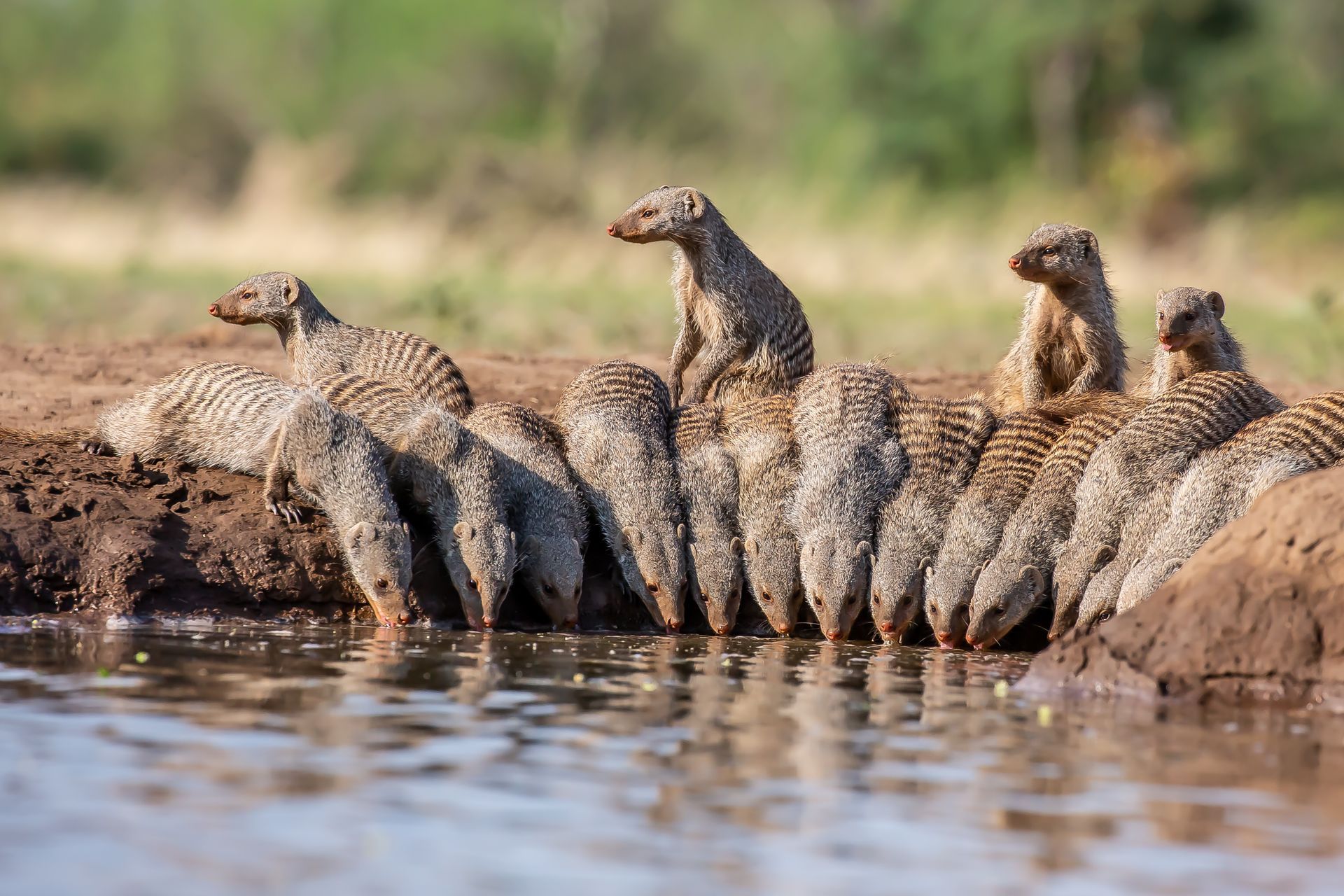CALL US ON +27 73 926 4724
All about the humble pangolin
Meet Africa's scaly anteater and its most threatened mammal
Elusive, rarely seen (especially in the daylight hours) and almost mythical in standing, the ground pangolin is one of the most fascinating creatures in the Greater Kruger wilderness, thanks to its odd appearance and the ability to survive by exclusively eating one of the smallest of Africa's insects - the humble ant. It's also one of the most threatened mammals on the planet. Let's find out more...
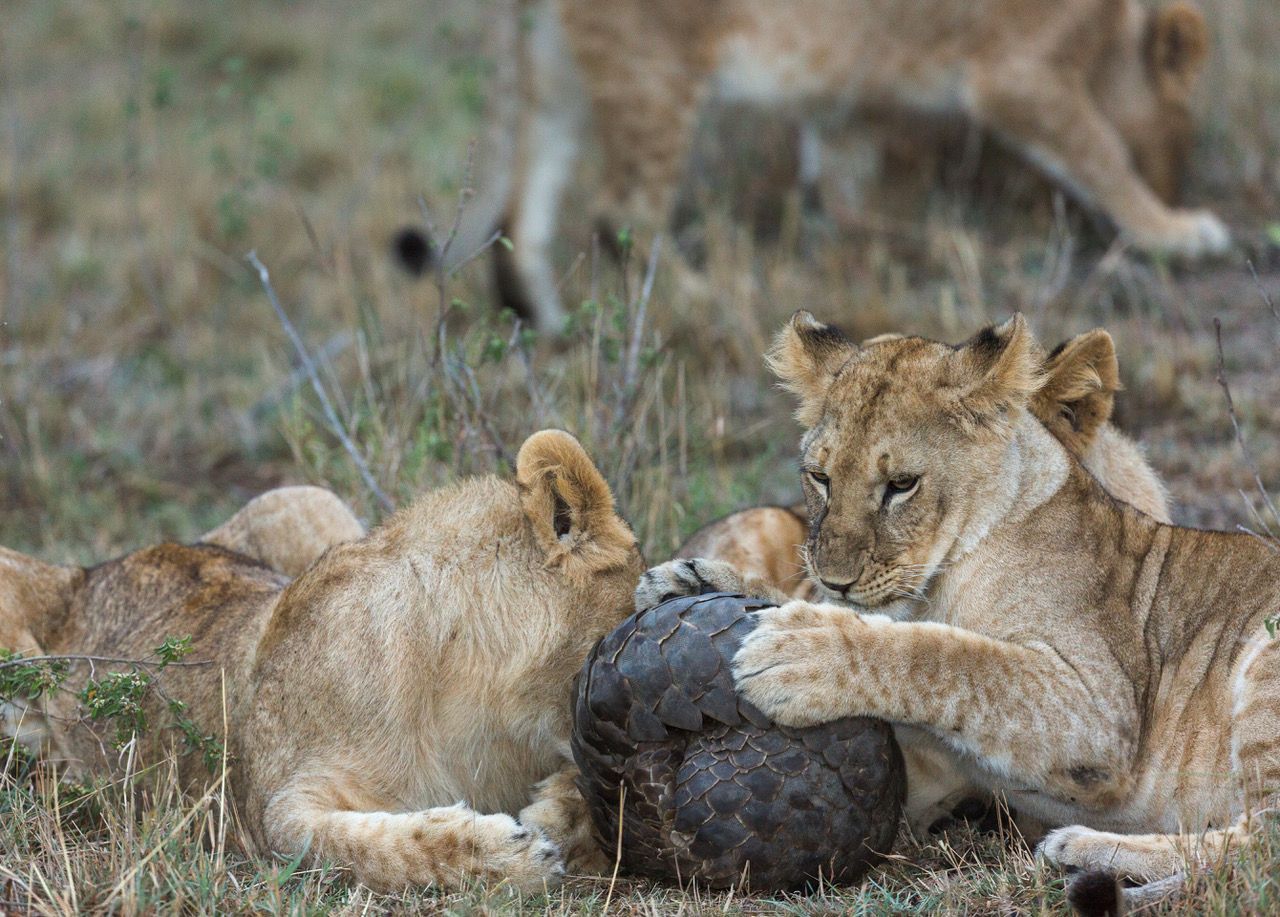
Slide title
Write your caption hereButton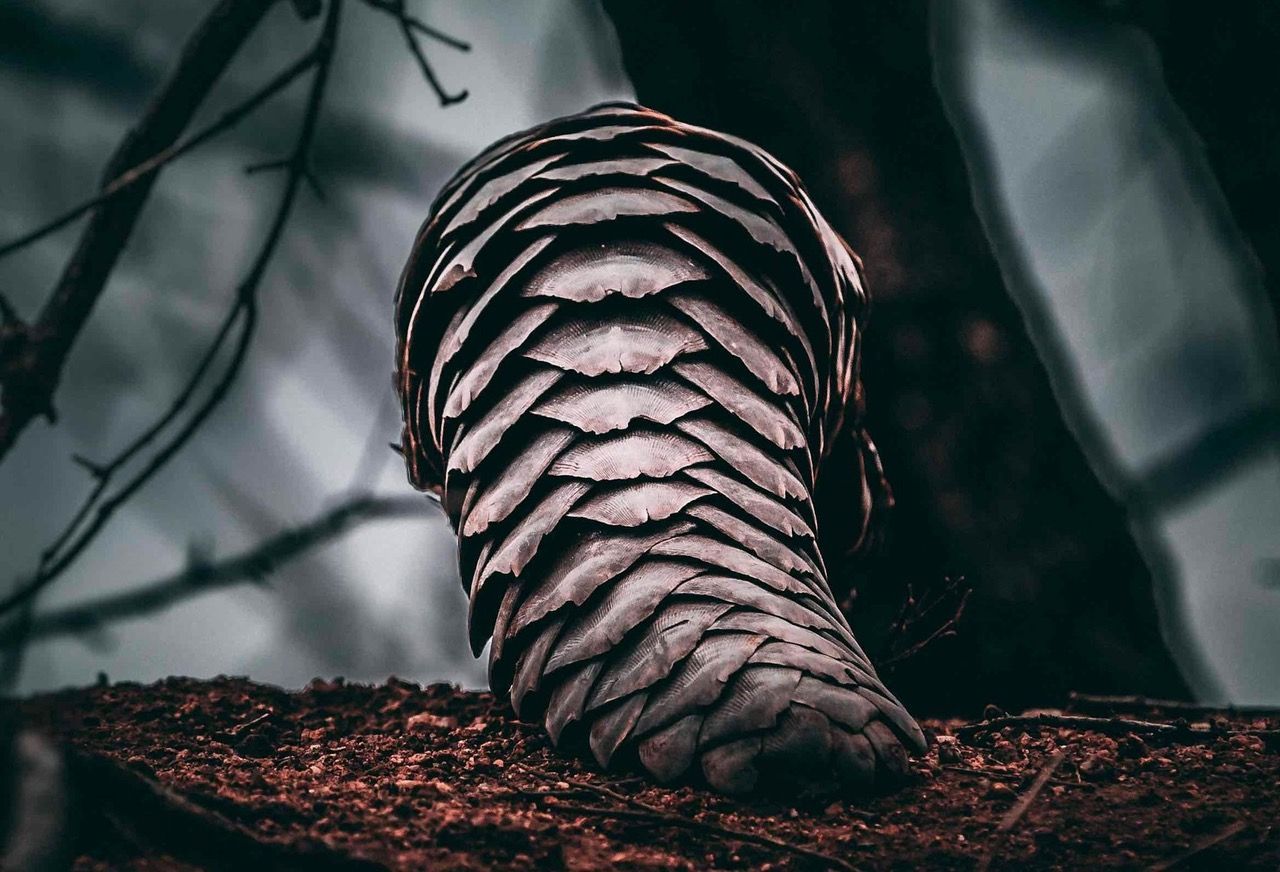
Slide title
Write your caption hereButton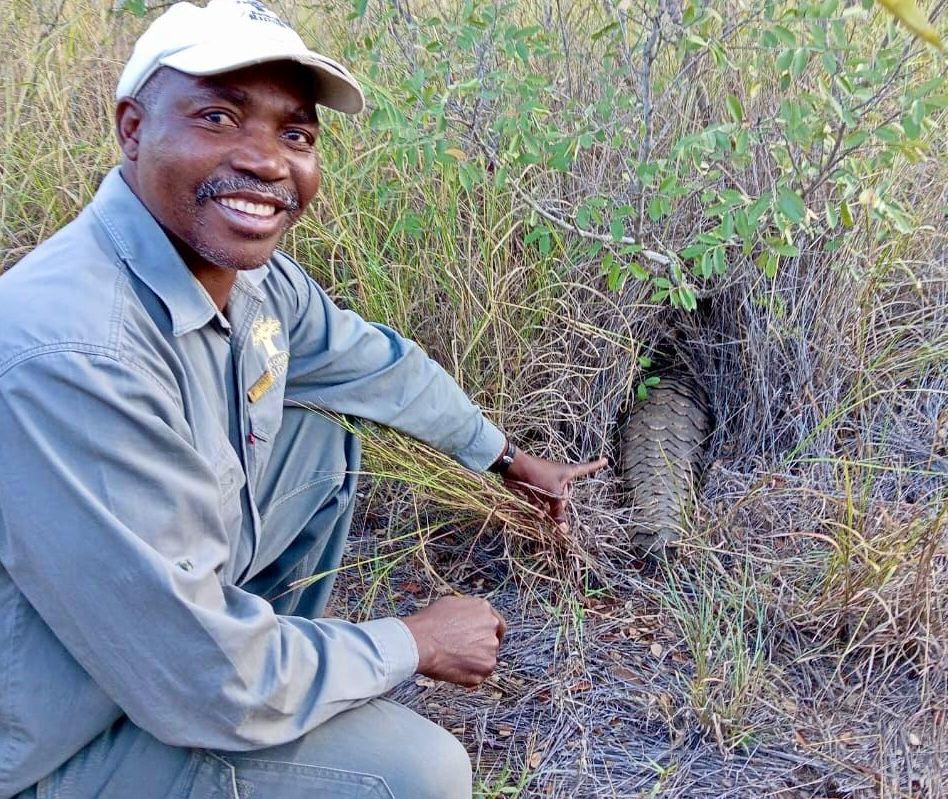
Slide title
Write your caption hereButton
When guide David Mathonsi recently found a ground pangolin foraging in broad daylight besides a road not far from the lodge - in virtually the same place he last saw one in 2019 - we were reminded just how precious and unusual this beautiful animal is and wanted to take the opportunity to share more information about them with you.
From a safari perspective, the chances of seeing a pangolin in the wild are exceptionally slim. Mostly nocturnal, and naturally secretive, sightings of them are few and far between, not because there are so few of them but because they are the most active when we are tucked up in bed.
There are eight species of pangolins in the world, four of which are found in Asia and four here in Africa. Our African species are the ground pangolin, also known as the Temminck's pangolin, which is found here in the Greater Kruger and throughout sub-Saharan Africa, and the giant pangolin, white-bellied and black-bellied pangolins - all found in the Congo basin region of central Africa. The giant pangolin is also found in certain parts of west and east Africa.
While the ground pangolin, as its name implies, is terrestrial, black-bellied and white-bellied pangolins are adept climbers, using their claws and semi-prehensile tails to grip bark and scale trees.
Pangolins are covered in tough scales made from keratin - the same protein that forms rhino horn and our own hair and fingernails. Overlapping like artichoke leaves, these scales grow throughout the pangolin's life and the scale edges are constantly filed down, thanks to the digging of burrows and tunnelling in search of the ants and termites they eat.
A pangolin's underside does not have scales, and is covered instead with sparse fur. It's this soft underbelly that they try to protect when rolling into a tight ball to defend themselves from predators and danger,
using their strong, heavy tails to wrap around themselves and present an impregnable shield. It's exceptionally hard to unroll them once they have curled up into this defensive position, even for the strongest lion!
Their heads are small and conical and they have no teeth, using an amazingly long, muscular, and sticky tongue to reach and lap up ants and termites in deep cavities. A pangolin's tongue is rooted internally near its pelvis and last pair of ribs. When it's fully extended it can often measure almost as long as the head and body combined!
Pangolins are not great at seeing danger as their eyesight is poor. They rely on an acute sense of smell to locate termite and ant nests. They feed predominantly on wood-eating ants and termites and research into ground pangolins has revealed that they are highly selective when it comes to which types of this grouping, known as formicid ants, they prefer, targeting only 19 species.
In order to deal with the high formic acid content of the ants they prey upon, a pangolin’s stomach is muscular and has spines of keratin projecting inwards. It also eats small stones to help its stomach mash and grind the ants down.
Ground pangolins are often seen walking on their hind legs, using their tails as a counterbalance, giving them an appealing, dinosaur-like appearance. Their limbs are stout and well adapted for digging. Each paw has five toes, and their front feet have three long, curved, claws which are used to dig and demolish termite and ant nests and excavate sleeping burrows.
They can run surprisingly fast. They are good swimmers too and love rolling in water and mud especially, coating their scales with it while having fun at the same time.
Ground pangolins have fixed territories which are shared by an adult male and female, as well as the previous year’s offspring. It's not certain yet how territory boundaries are maintained but it's presumed that pangolin males scent mark. They are not exceptionally aggressive but have been known to engage in combat, standing up on their hind legs and slashing at one another with their long claws and sometimes attempting to wrap themselves around an opponent and squeeze it.
The gestation period for a ground pangolin is estimated at five months and females usually give birth to a single pup a year, although twins have been recorded. Pups are born with fully-formed but soft scales, which harden over the first few days. The mother leaves the baby in a burrow, periodically returning to nurse it. When about one month old, the baby accompanies the mother while she forages, hitching a ride on the mother’s back, hooking its claws under the scales.
Pangolins make very few sounds. When they walk or climb, their scales can be heard rubbing against one another and against the vegetation and sometimes they chuff and snort when feeding. Males also occasionally make a soft hooting noise.
Sadly, the pangolin is one of the most trafficked mammals in the world, thanks to high demand from Asia where their meat is considered a delicacy and pangolin scales are used in traditional medicine and folk remedies.
All eight pangolin species are protected under national and international laws, but there is still a growing domestic and international illegal trade in pangolins with poaching at ever-increasing levels. The ground pangolin is suffering the most, thanks to it being the most widespread and numerous of all the African species.
Thankfully there are enormous efforts being made by both local and global conservation organisations to protect our pangolins and reduce the devastating impact the illegal wildlife trade is having on them.
